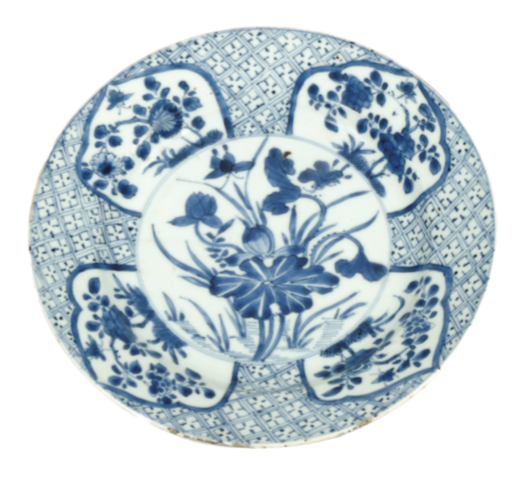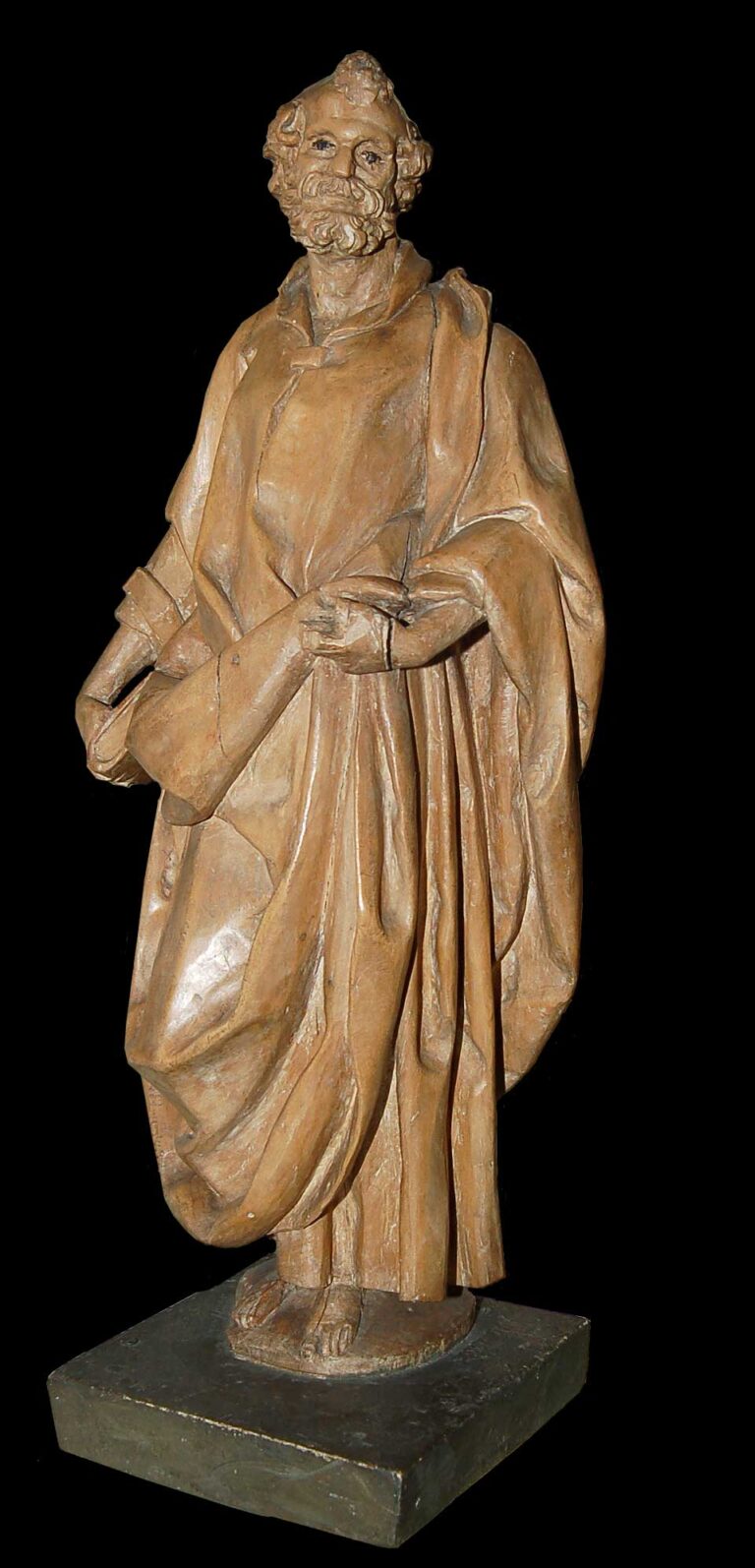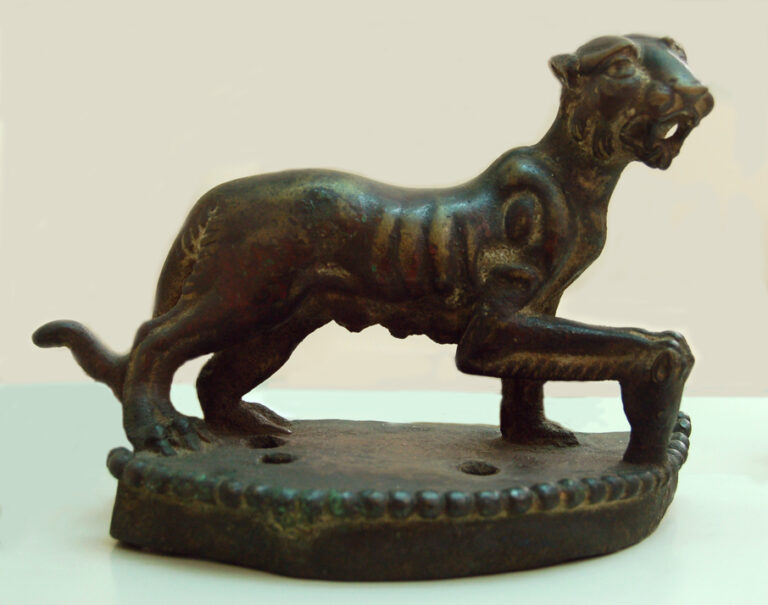Qing Dish
Dish made of fine porcelain with blue and white decoration under cover. The decoration combines floral motifs inserted in a central circle surrounded by four poly-lobed reserves with a background of geometric grids. At the base, a decorative motif of rhomboidal type intertwined with ribbons can be appreciated. It is identified as one of the Eight Treasures, a set of objects associated with the Buddhist iconographic universe. The rhombus alludes to the absence of beginning and end and they were used as marks, as a substitute for the ones known as kingship or nianhao.The fine porcelain body, the use of a blue palette that varies between a grayish tone for the most common and an intense blue for those of better quality characterizes a ceramic production made for export. In Europe, this ceramic type was soon called kraak or ratchet ware. This term was used to refer to the Portuguese ships – carracas – that transported this merchandise to European ports. The appropriation of several of these ratchets by Dutch merchants in 1602 and 1604 allowed the distribution in Amsterdam of their cargo through public sales in which the product was advertised as “ratchet porcelain” -kraak porselein-. Their manufacture dates back to the reign of Emperor Wanli (1573-1619), and although their purpose was export, they were also appreciated by the domestic market, especially in the southern areas of the country more in contact with international markets. The end of this type of blue and white ceramic for export would end in the so-called transition period between 1630 and 1680, which coincides with the dynastic change that put an end to the Ming dynasty (1368-1644) and the beginning of the last Chinese dynasty, called Qing (1644-1911). / nº 1992 catalog: 295 / Bibliography: CERVERA FERNÁNDEZ, I.: “Plato. Qing Dynasty (1644-1911). c. 1670. S. XVII. China”, in LÓPEZ GUZMÁN, R.; RUIZ GUTIÉRREZ, A.; SORROCHE CUERVA, M.A. (Scientific Coord.): Oriente en Granada (Exhibition Catalogue). Granada, 2008, pp.: 44-45




